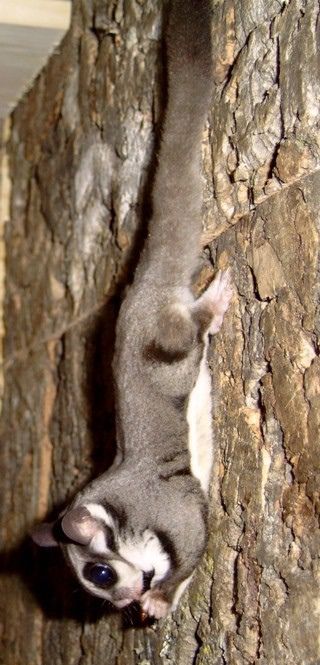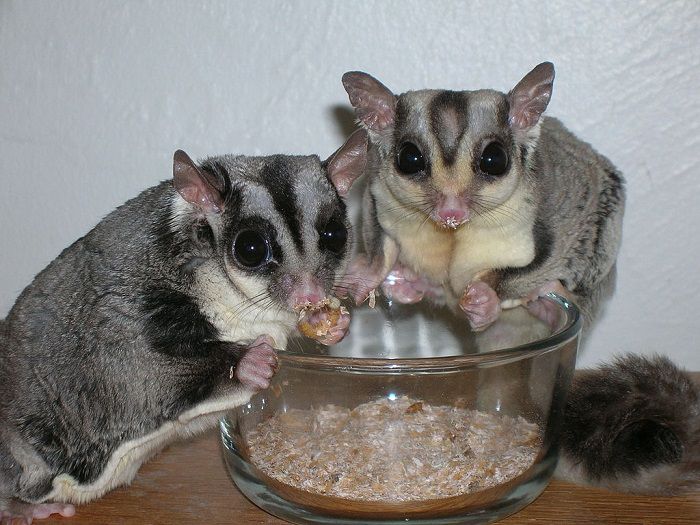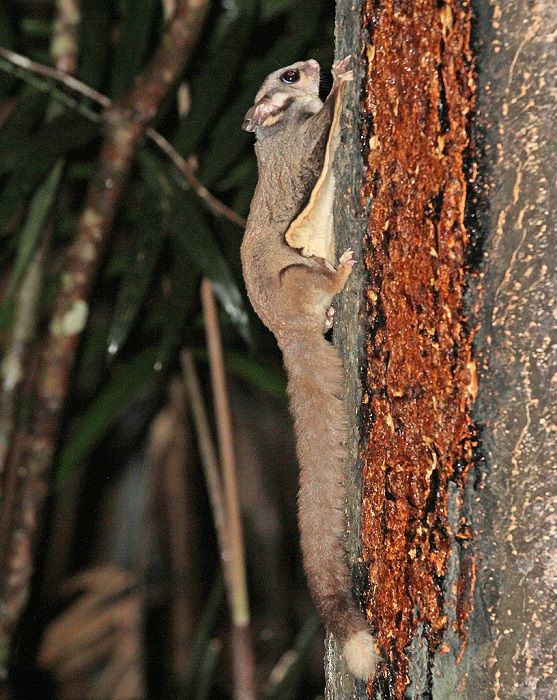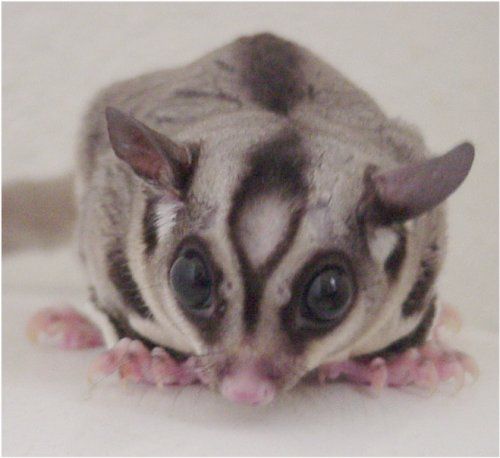Table of Contents
Sugar gliders may well be cute little creatures, but they do have very complex needs. As a keeper of one of these marsupials, you will no doubt be aware that they require a varied diet – topped up with supplements and minerals – that is as close to what it eats in the wild as possible. Providing the correct nutrients is absolutely essential to the health and wellbeing of your glider.
You may have come across websites recommending that you feed your sugar glider only fruit and sugar syrup. The problem with this though is that doing so could cause your pet to become ill. A diet that is not meeting a sugar glider’s nutritional needs can result in illness – and even death.
One quite common illness that can be caused by insufficient vitamins and minerals is metabolic bone disease (MBD). This illness causes weak bones, which can then result in your sugar glider not being able to move freely. If your sugar glider is moving slowly, it might be that it has a problem with its limbs related to MBD. Of course, there are other issues that could be causing this slow movement, so we’ll take a look at some of them here.
freely. If your sugar glider is moving slowly, it might be that it has a problem with its limbs related to MBD. Of course, there are other issues that could be causing this slow movement, so we’ll take a look at some of them here.

Sugar Glider Illnesses
Sugar gliders are prone to stress, which in turn causes illnesses. Being nocturnal creatures, they sleep during the day and are active at night. This can lead some owners to take their pets out of their cages during the day without fully appreciating the stress this can cause.
are prone to stress, which in turn causes illnesses. Being nocturnal creatures, they sleep during the day and are active at night. This can lead some owners to take their pets out of their cages during the day without fully appreciating the stress this can cause.
The bright lights and noise in a normal household during daylight hours can also be stressful for sugar gliders and can make it difficult for them to sleep, which then causes them to become stressed.
If a sugar glider becomes stressed, it could start to self-mutilate. If you notice bite or scratch marks on your glider, it is important to see a vet as soon as possible. Try to find an exotic vet with experience of treating sugar gliders; they will be able to discuss your setup and ways that you can help minimize stressing your pet.

Infection
Parasitic and bacterial infections are also common in sugar gliders. These infections are typically passed to the animal from fruit or vegetables that haven’t been washed properly. An infection can result in your sugar glider suffering a loss of appetite, weight loss, dehydration, and lethargy. Lethargy, then, could be the cause of your pet moving slowly.
Malnutrition
As mentioned above, sugar gliders require a varied diet with the correct amount of vitamins and minerals. It can be difficult to replicate the diet they enjoy in the wild, which can often lead to these creatures suffering malnutrition.
If your glider is not getting the vitamins it needs, particularly calcium, its bones can become weakened. This is known as the MBD discussed above, and it can lead to issues with fractures resulting from the weakened bones. If left untreated, your sugar glider will continue moving about very slowly until such a time that it cannot move at all. MBD can potentially lead to a slow and painful death for a sugar glider.

What to Do If Your Sugar Glider is Moving Slowly
If your sugar glider is moving slowly and you suspect it might be ill, you need to contact an exotic vet as soon as possible. If a lack of calcium is the issue, the vet can prescribe the correct dose and brand. Unfortunately, many people buy calcium that has been specifically formulated for reptiles, but these may not be sufficient for your glider. If the issue is severe enough, the vet might recommend an injectable calcium supplement, which will be much faster acting.
Sugar gliders naturally try to mask any illness or vulnerability as a means of preventing attacks by predators. This means that you may not initially notice any signs of illness or infection. When you do notice them, it is likely that your pet cannot hide them any longer and hence could be an indication that the problem is quite advanced. It is important, therefore, to contact a vet as soon as possible if your sugar glider is moving slowly or is less active than normal.
Photo Credits:
- Featured Image (Sugar Glider): Dawson
 – CC BY-SA 2.5
– CC BY-SA 2.5
- Sugar Glider Upside Down: Anke Meyring
 – CC BY-SA 2.5
– CC BY-SA 2.5
- Sugar Gliders Eating Mealworms: OberonNightSeer
 – CC BY-SA 3.0
– CC BY-SA 3.0
- Sugar Glider on Tree: Joseph C Boone
 – CC BY-SA 4.0
– CC BY-SA 4.0

